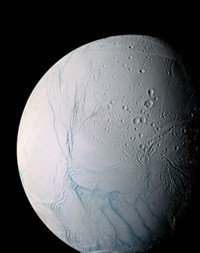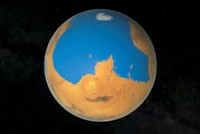Advertisement
Grab your lab coat. Let's get started
Welcome!
Welcome!
Create an account below to get 6 C&EN articles per month, receive newsletters and more - all free.
It seems this is your first time logging in online. Please enter the following information to continue.
As an ACS member you automatically get access to this site. All we need is few more details to create your reading experience.
Not you? Sign in with a different account.
Not you? Sign in with a different account.
ERROR 1
ERROR 1
ERROR 2
ERROR 2
ERROR 2
ERROR 2
ERROR 2
Password and Confirm password must match.
If you have an ACS member number, please enter it here so we can link this account to your membership. (optional)
ERROR 2
ACS values your privacy. By submitting your information, you are gaining access to C&EN and subscribing to our weekly newsletter. We use the information you provide to make your reading experience better, and we will never sell your data to third party members.
Physical Chemistry
Tracing Our Place In Outer Space
Exploration: Spacecraft detects atoms from beyond our solar system’s boundaries
by Elizabeth K. Wilson
February 2, 2012
A spacecraft, for the first time, has detected neutral hydrogen, oxygen, and neon atoms streaming into our solar system from clouds of interstellar matter. The discoveries by the National Aeronautics & Space Administration’s IBEX (Interstellar Boundary Explorer) craft pinpoint our solar system’s location at the edge of a large interstellar cloud in the Milky Way galaxy. The findings may also trace the solar system’s movement through matter that lies outside the solar system and makes up the interstellar medium.
Scientists announced the results on Jan. 31 at a press conference at NASA headquarters in Washington, D.C. The event coincided with publication of the research in Astrophysical Journal Supplements.
The incoming atoms are “the stuff that stars and planets are made of,” David McComas, IBEX mission principal investigator said at the conference. “It’s very important to measure these species directly.”
NASA launched IBEX in 2008 on a mission to study the boundaries of the solar system. The magnetic solar wind produced by our sun forms a protective heliosphere around the solar system, preventing high-energy, charged particles from the interstellar medium from entering the neighborhood. But neutral atoms can sail through the heliosphere, unimpeded by magnetic fields.
IBEX has detected dozens of these neutral atoms: hydrogen, oxygen, neon, and helium (helium was first detected by the Ulysses spacecraft 10 years ago).
The direction and speed of the atoms suggests that the solar system might—within a thousand years—move out of the interstellar cloud where it now sits into a very different space environment.
IBEX also detected less oxygen than expected streaming into our solar system in comparison with neon. The ratio of oxygen to neon in the interstellar cloud is less than the ratio in the sun. This implies that the interstellar environment in which the sun formed five billion years ago is different from the current environment of our solar system. The IBEX team hypothesizes that the missing oxygen could be tied up in dust or ice grains.





Join the conversation
Contact the reporter
Submit a Letter to the Editor for publication
Engage with us on Twitter